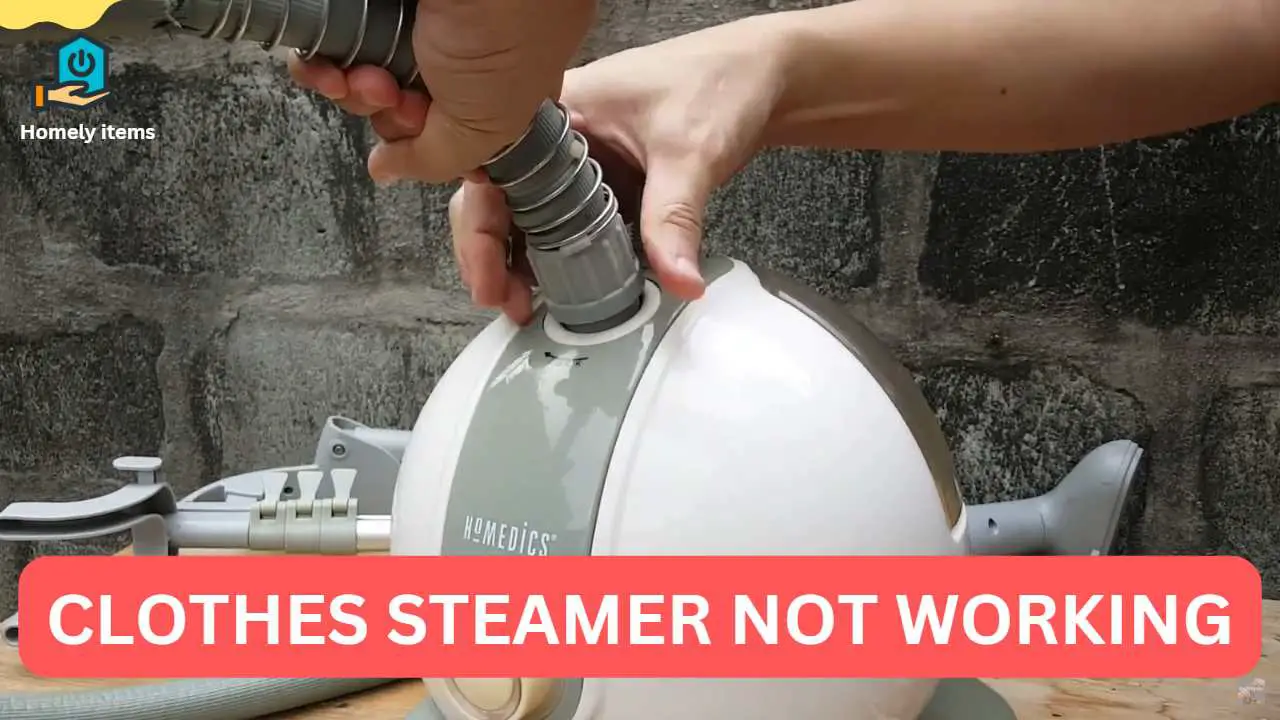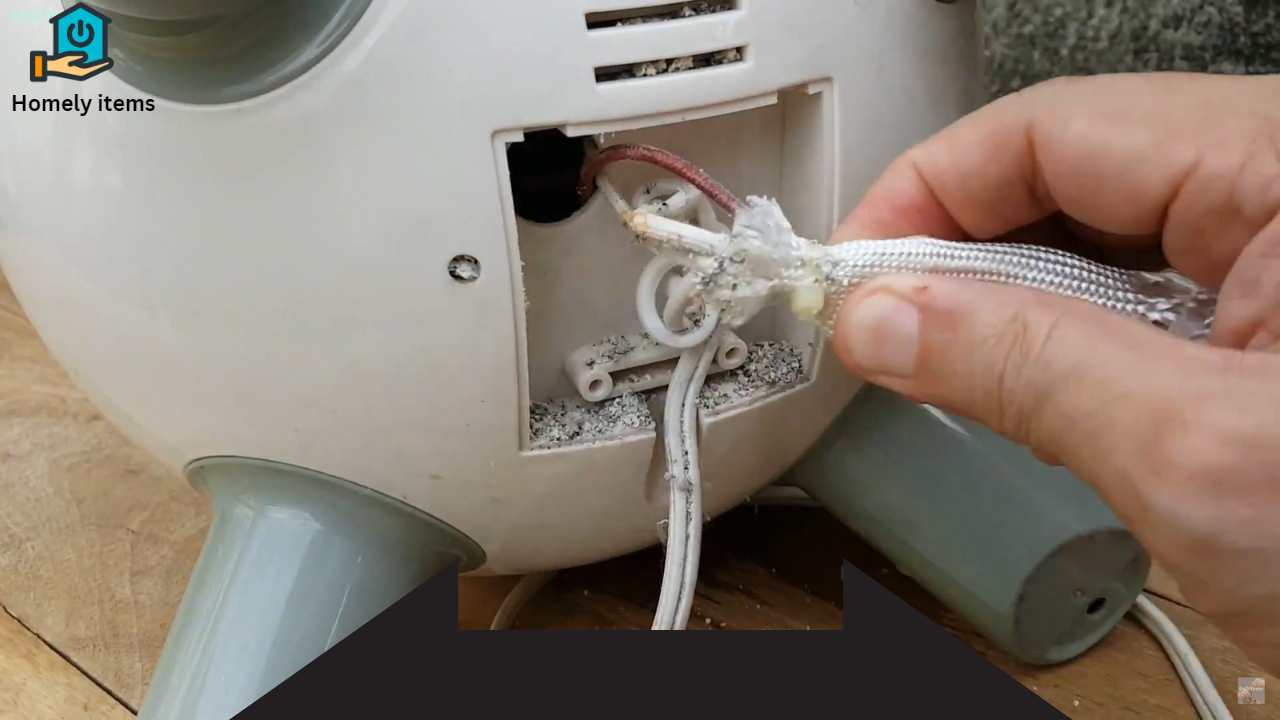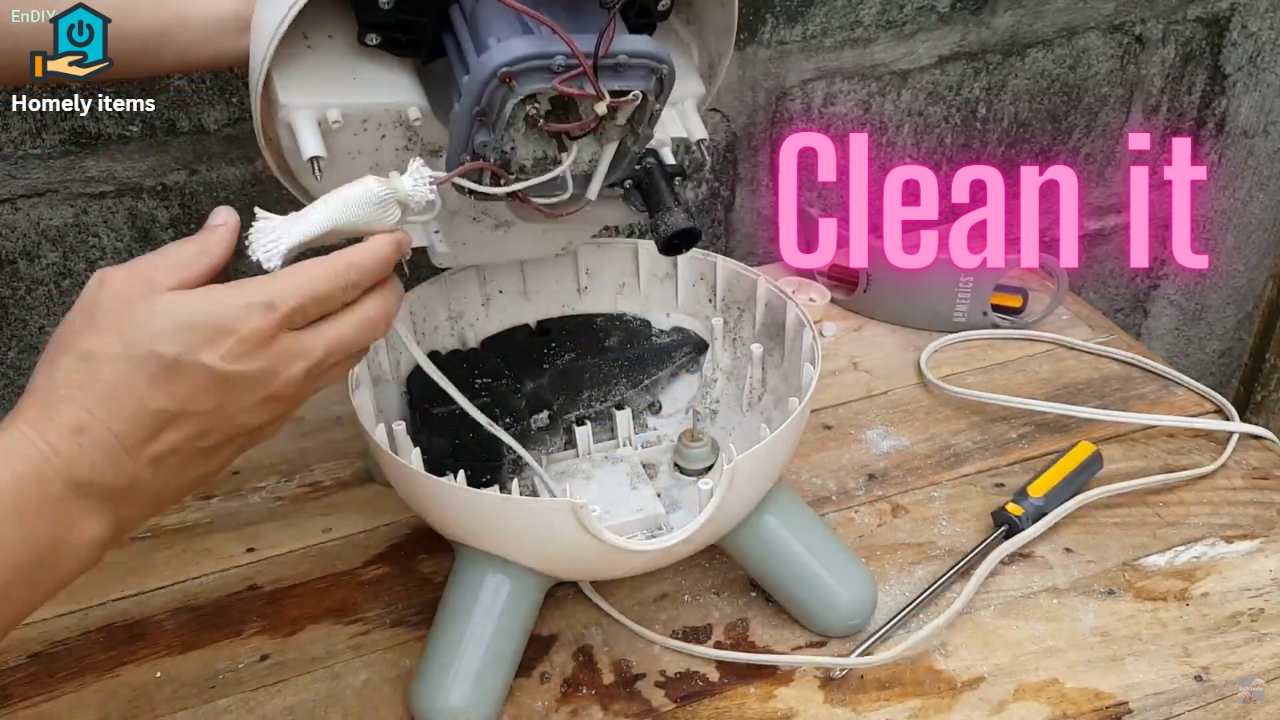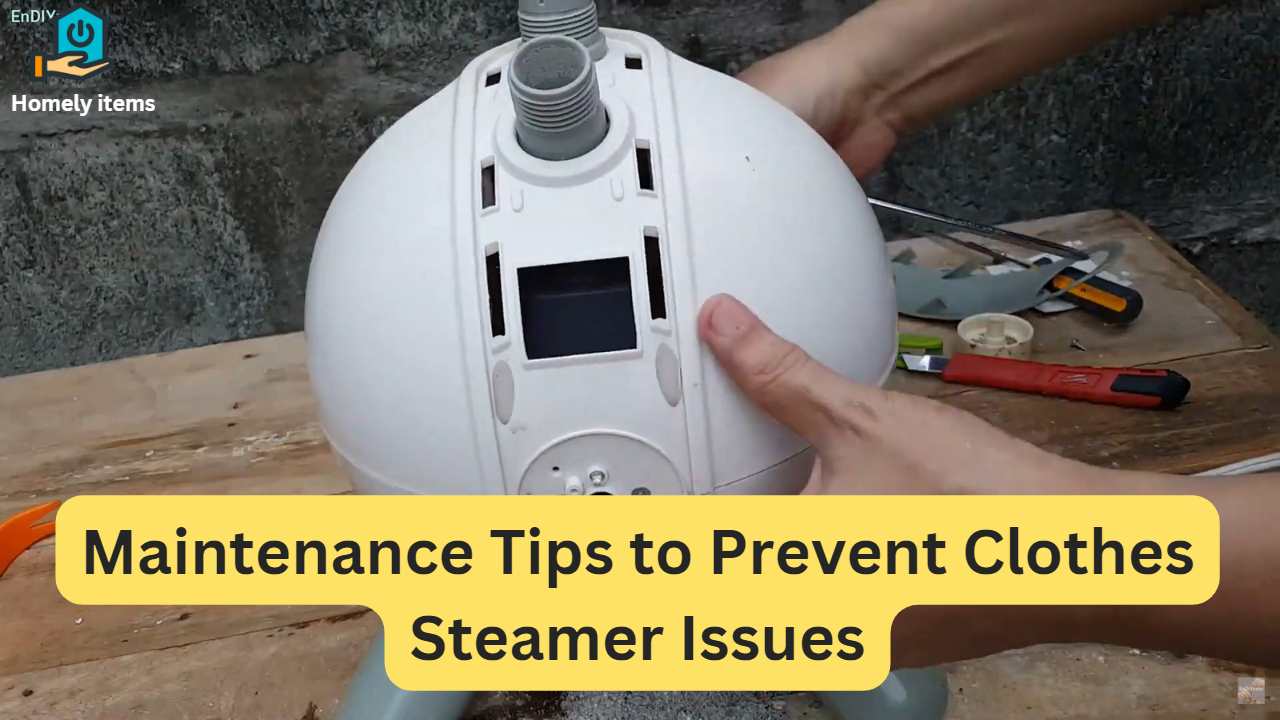Last updated on May 15th, 2024 at 06:01 pm
Having a clothes steamer that’s not working can be frustrating, especially when you’re in a rush to get your clothes wrinkle-free and ready to wear. Clothes steamers are a convenient and effective tool for removing wrinkles from various types of fabric, but like any appliance, they can encounter issues that may hinder their performance.
In this guide, we will explore common reasons why a clothes steamer may not be working and provide a comprehensive troubleshooting guide to help you identify and resolve the problem. Whether it’s an electrical issue, water problem, clogged nozzle, or other potential concerns, we’ll provide step-by-step instructions to help you get your clothes steamer back to working order and ensure your garments look their best.
So, if you’re facing challenges with your clothes steamer not working, read on to learn how to troubleshoot and resolve the issue effectively.
Table of contents
Why Your Clothes Steamer May Not Be Working
If you’re facing issues with your clothes steamer not working, there could be various reasons behind it. Understanding the root cause of the problem is crucial in order to effectively troubleshoot and resolve the issue. Here are some possible explanations for why your clothes steamer may not be functioning properly:

Electrical Issues
One common reason for a clothes steamer not working is an electrical problem. This could include issues with the power source, such as a loose plug or a blown fuse. Additionally, the power switch on the clothes steamer itself could be faulty, preventing it from turning on or producing steam.
Water Problems
Another potential culprit for a malfunctioning clothes steamer is a problem with the water supply. This could involve the water tank not being filled with enough water or having a leak or crack that is affecting the steamer’s performance. In some cases, using tap water instead of distilled water can result in mineral deposits and clogs, which can also impact the steamer’s functionality.
Clogged Nozzle
A clogged nozzle is a common issue with clothes steamers, which can result in low steam output or uneven distribution of steam. Mineral buildup or debris can accumulate in the nozzle over time, hindering the flow of steam. This can occur if the water used in the steamer is hard water or if the steamer has not been properly cleaned and maintained.
Other Potential Issues
There may be other potential issues that could be causing your clothes steamer to not work as expected. This could include a broken or disconnected hose, faulty buttons or knobs, or a damaged heating element. Identifying any visible damage or abnormalities in the steamer can help pinpoint the issue.

In the next section, we will provide a comprehensive troubleshooting guide to help you address these potential problems and get your clothes steamer back to working order. Remember to always refer to your steamer’s user manual for specific instructions and safety guidelines.
Troubleshooting Steps
When your clothes steamer is not working, it’s essential to follow a systematic troubleshooting approach to identify and resolve the issue. Here are some step-by-step instructions to help you troubleshoot and fix the problem:
Check for Electrical Issues:
- Ensure that the clothes steamer is properly plugged into a functioning power outlet.
- Verify that the power switch is in the “on” position and functioning correctly.
- Check for any visible damage or frayed wires in the power cord or plug.
Inspect for Water Problems:
- Confirm that the water tank is filled with clean water up to the recommended level.
- Check for any leaks, cracks, or damage in the water tank, hose, or connections.
- If using tap water, consider switching to distilled water to avoid mineral deposits.
Clean the Nozzle:
- Examine the nozzle for any signs of clogs or debris.
- If clogged, use vinegar, lemon juice, or a commercial descaler to clean the nozzle.
- Use a pin or needle to carefully remove any stubborn debris or mineral buildup.

Check for Other Potential Issues:
- Inspect the hose, buttons, knobs, and heating element for any visible damage or abnormalities.
- If any parts are broken or disconnected, consider replacing or repairing them.
- Consult the manufacturer’s manual or contact their customer service for guidance or assistance.
Perform Regular Maintenance:
- Follow the manufacturer’s instructions for cleaning and descaling the clothes steamer regularly.
- Store the steamer in a cool, dry place when not in use to prevent damage or clogs.
- Avoid overfilling the water tank and always empty it after each use to prevent stagnant water.
By following these troubleshooting steps, you can effectively diagnose and resolve the issue with your clothes steamer. If the problem persists, it’s recommended to consult the manufacturer’s manual or contact their customer service for further assistance or seek professional repair if necessary.
Remember to prioritize safety at all times by unplugging the clothes steamer before performing any inspections or repairs and following the manufacturer’s instructions and safety guidelines.
Maintenance Tips to Prevent Clothes Steamer Issues
Regular maintenance is crucial to keep your clothes steamer in optimal condition and prevent potential issues from arising. Here are some essential maintenance tips to help you extend the lifespan of your clothes steamer and ensure its reliable performance:

- Use Distilled Water: To avoid mineral deposits and clogs in your clothes steamer, always use distilled water instead of tap water. Distilled water is free from impurities, which helps prevent buildup in the water tank, hose, and nozzle, and ensures smooth steam flow.
- Clean the Water Tank: Empty and clean the water tank after each use to prevent stagnant water and potential mold or bacteria growth. Refer to the manufacturer’s instructions for cleaning recommendations, which may include using a vinegar or lemon juice solution to descale the tank.
- Clean the Nozzle and Hose: Regularly inspect and clean the nozzle and hose for any clogs or debris. Use a pin or needle to carefully remove any buildup and ensure proper steam distribution. Be sure to follow the manufacturer’s instructions for cleaning the nozzle and hose to avoid damaging the components.
- Store Properly: After each use, allow the clothes steamer to cool down before storing it in a cool, dry place. Avoid wrapping the cord around the steamer, as it can cause damage to the cord or other parts. Store the steamer in an upright position to prevent water from pooling in the tank or hose.
- Check for Damage: Regularly inspect your clothes steamer for any visible damage, such as broken buttons, knobs, or hoses. If you notice any issues, repair or replace the damaged parts promptly to prevent further problems.
FAQS
What is the duration required for a garment steamer to reach its optimal heating temperature?
A: The amount of time it takes for a clothes steamer to heat up depends on the model and brand. On average, it can take anywhere from 1 to 5 minutes for a clothes steamer to heat up and generate steam.
Can a clothes steamer be used on all types of fabrics?
A: Most clothes steamers can be used on a variety of fabrics, including delicate fabrics like silk and wool. However, it’s always a good idea to check the manufacturer’s instructions and test the steamer on a small, inconspicuous area of the fabric before using it on a larger area.
How much water should I put in my clothes steamer?
A: The amount of water you should put in your clothes steamer depends on the size of the reservoir and the model of the steamer. As a general rule, you should fill the reservoir with enough water to last for your intended steaming session, but not so much that it overflows or causes the steamer to malfunction.
Can a clothes steamer remove wrinkles from curtains or upholstery?
A: Yes, a clothes steamer can be used to remove wrinkles from curtains, upholstery, and other fabric items. However, you should be careful not to hold the steamer in one place for too long, as this can damage the fabric. It’s also a good idea to test the steamer on a small, inconspicuous area before using it on a larger area.
Also Read: How to Use a Handheld Steamer? Complete Guide
Final Thoughts
Troubleshooting and performing regular maintenance on your clothes steamer are essential to keep it in optimal working condition. By following the troubleshooting steps outlined above, you can identify and resolve common issues that may arise with your clothes steamer. Additionally, implementing regular maintenance practices, such as using distilled water, cleaning the water tank and nozzle, storing the steamer properly, following operating instructions, checking for damage, and performing descaling, can help prevent potential issues from occurring.
Taking proactive measures to maintain your clothes steamer can save you time, money, and frustration in the long run. Remember to always consult the manufacturer’s instructions and safety guidelines when troubleshooting or performing maintenance on your clothes steamer. If issues persist or you are unsure about any steps, it’s best to seek assistance from the manufacturer’s customer service or a professional repair service.